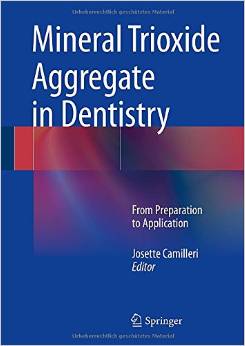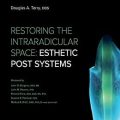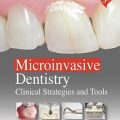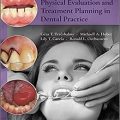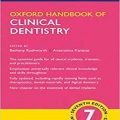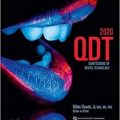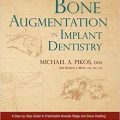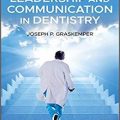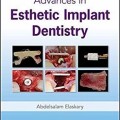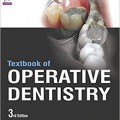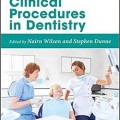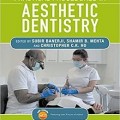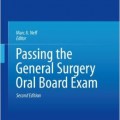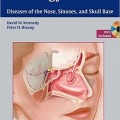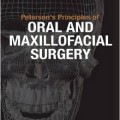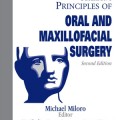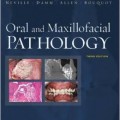دانلود کتاب مواد معدنی تری اکسید سنگدانه در دندانپزشکی
Mineral Trioxide Aggregate in Dentistry: From Preparation to Application, 2014th
Mineral trioxide aggregate (MTA) was invented in the mid-1990s at Loma Linda University, USA, with the aim of introducing a material for use as a root-end filler that would set and develop its properties in the presence of moisture. MTA is a mixture of Portland cement and bismuth oxide, which is added to enhance the radiopacity of the material. These two components are mixed with water to produce hydrated cement. This book concisely presents information on diverse aspects of MTA and its use with a view to making it more widely available to clinicians and researchers. The topics covered include the development of MTA and its introduction into clinical dentistry, its chemical composition and setting characteristics, manipulation and placement, material properties, reactivity and the influence of environmental factors. The clinical applications are clearly explained and related innovations and further materials currently available on the market are also discussed.
From the Back Cover
Mineral trioxide aggregate (MTA) was invented in the mid-1990s at Loma Linda University, USA, with the aim of introducing a material for use as a root-end filler that would set and develop its properties in the presence of moisture. MTA is a mixture of Portland cement, used in the construction industry, and bismuth oxide, which is added to enhance the radiopacity of the material. These two components are mixed with water to produce a hydrated cement. Today, other materials based on the original MTA formula have also been manufactured and marketed.
This book concisely presents information on diverse aspects of MTA and its use with a view to making it more widely available to clinicians and researchers. The topics covered include the development of MTA and its introduction into clinical dentistry, its chemical composition and setting characteristics, manipulation and placement, material properties, reactivity, and the influence of environmental factors. The clinical applications are clearly explained, and related innovations and further materials currently available on the market are also discussed.
About the Author
لینک کوتاه : https://bookbaz.ir/?p=5591
نویسنده : Josette Camilleri
ناشر : Springer; 2014 edition
سال انتشار : 2014
زبان کتاب : انگلیسی
نوع فایل : PDF
تعداد صفحات : 206
(ISBN) شابک : 3642551564
قیمت کتاب درآمازون : $128.52
حجم فایل : 10 MB


